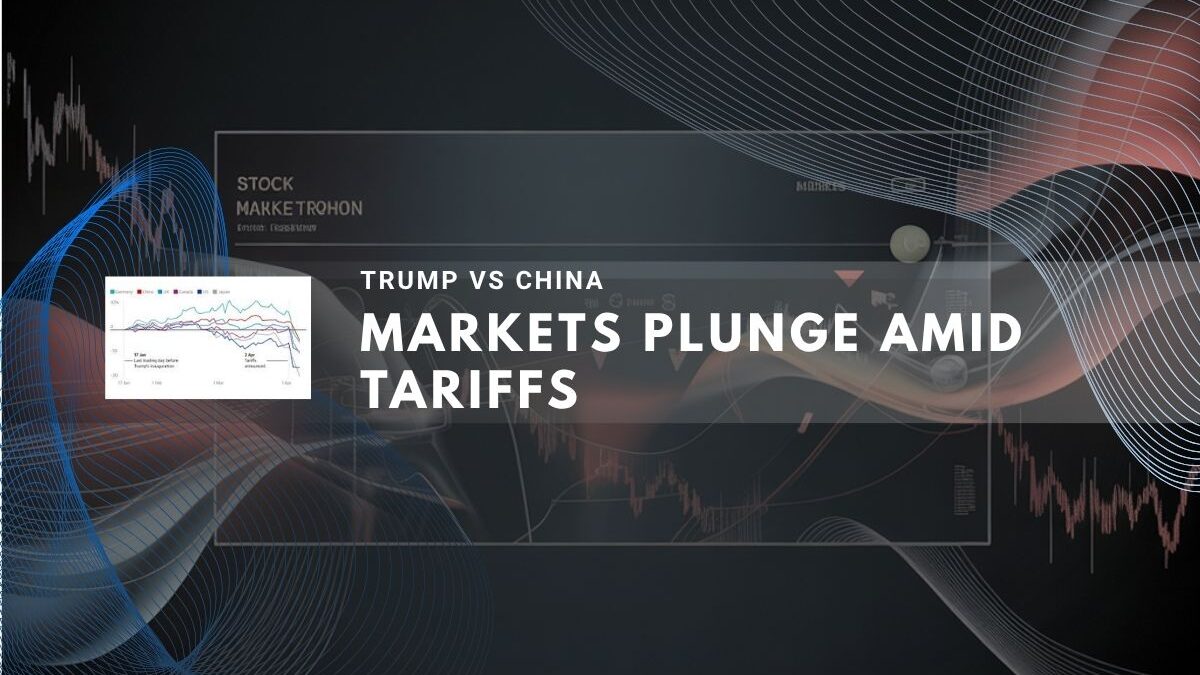U.S. stock markets closed sharply lower on Friday, October 10, 2025, after President Donald Trump threatened massive new tariffs on China, wiping out more than 2 trillion dollars from market value in a single trading session.[1][2] The sell-off reversed earlier gains and marked the largest single-day percentage drops for the S&P 500 and Nasdaq since April 10, 2025.[3]
Market Performance and Index Losses
The three major indexes all suffered steep declines on Friday. The Dow Jones Industrial Average fell 1.90 percent, the S&P 500 dropped 2.71 percent, and the Nasdaq Composite plunged 3.56 percent.[3] The Nasdaq had briefly touched a fresh record high during morning trading before reversing course after the tariff announcement.
Stock futures remained under pressure heading into the weekend. As of 4:59 p.m. EDT on October 10, Dow Jones futures were down 1,133 points or 2.43 percent to 45,475. Nasdaq 100 futures fell 1,099.25 points or 4.35 percent to 24,188. S&P 500 futures declined 227.75 points or 3.36 percent to 6,552.[4]
Tariff Announcement Impact
President Trump announced plans to impose what he described as 100 percent tariffs on China after the market close on Friday.[5][6] The tariff threat sent shockwares through global markets and raised fresh concerns about trade policy instability and its impact on corporate earnings and economic growth.[2]
Investors are now bracing for potential retaliatory measures from China and the broader economic implications of renewed trade tensions between the world’s two largest economies.
Government Shutdown Enters Second Week
The U.S. government shutdown officially entered its second week as of October 11, 2025, with Congress remaining deadlocked over spending proposals.[7][8] The shutdown began on October 1 due to an impasse between congressional Republicans and Democrats over a spending bill.[8]
More than a week into the shutdown, negotiations show no signs of progress. Hundreds of thousands of federal employees have been furloughed or are working without pay. Non-essential government services remain disrupted, and key economic reports continue to be delayed.[8]
Economic Data Disruption
The prolonged shutdown is preventing the release of crucial economic data that investors and policymakers rely on for decision-making.[8] Federal agencies responsible for publishing employment reports, GDP figures, and other economic indicators remain closed.
Washington, D.C. tourism has been particularly hard hit, with Smithsonian museums closed during what is typically a peak season for conferences and business travel.[7] The ongoing stalemate raises concerns about potential impacts on Federal Reserve policy decisions and broader economic growth.
Third Quarter Earnings Season Launches
Despite market volatility and government dysfunction, corporate earnings season for the third quarter of 2025 is set to begin in earnest during the second week of October.[9] Major banking giants are scheduled to lead off the reporting period.
Key Earnings Dates
JPMorgan Chase, Citigroup, and Wells Fargo are expected to report results during the week of October 14.[9] Goldman Sachs is scheduled for Monday, October 13, while Bank of America will follow on Tuesday, October 14.[9]
Additional major companies reporting in the coming weeks include 3M Company, Philip Morris International, Verizon Communications, AT&T, IBM, and Tesla.[9] Analysts at FactSet estimate year-over-year earnings growth of 7.9 percent for S&P 500 companies, which would mark the ninth consecutive quarter of earnings growth for the index.[9]
Market Outlook and Investor Concerns
The confluence of escalating trade tensions, government shutdown disruptions, and the start of earnings season creates a challenging environment for investors heading into the second half of October 2025.[1][2][3]
Market participants will closely watch corporate earnings reports for signs of how companies are navigating the current economic and political uncertainties. The absence of government economic data due to the shutdown makes corporate guidance even more critical for assessing economic health.[8]
Investors also remain focused on potential Federal Reserve actions, though the lack of official economic data complicates the central bank’s ability to make informed policy decisions.[8] The combination of these factors suggests continued market volatility in the near term.

